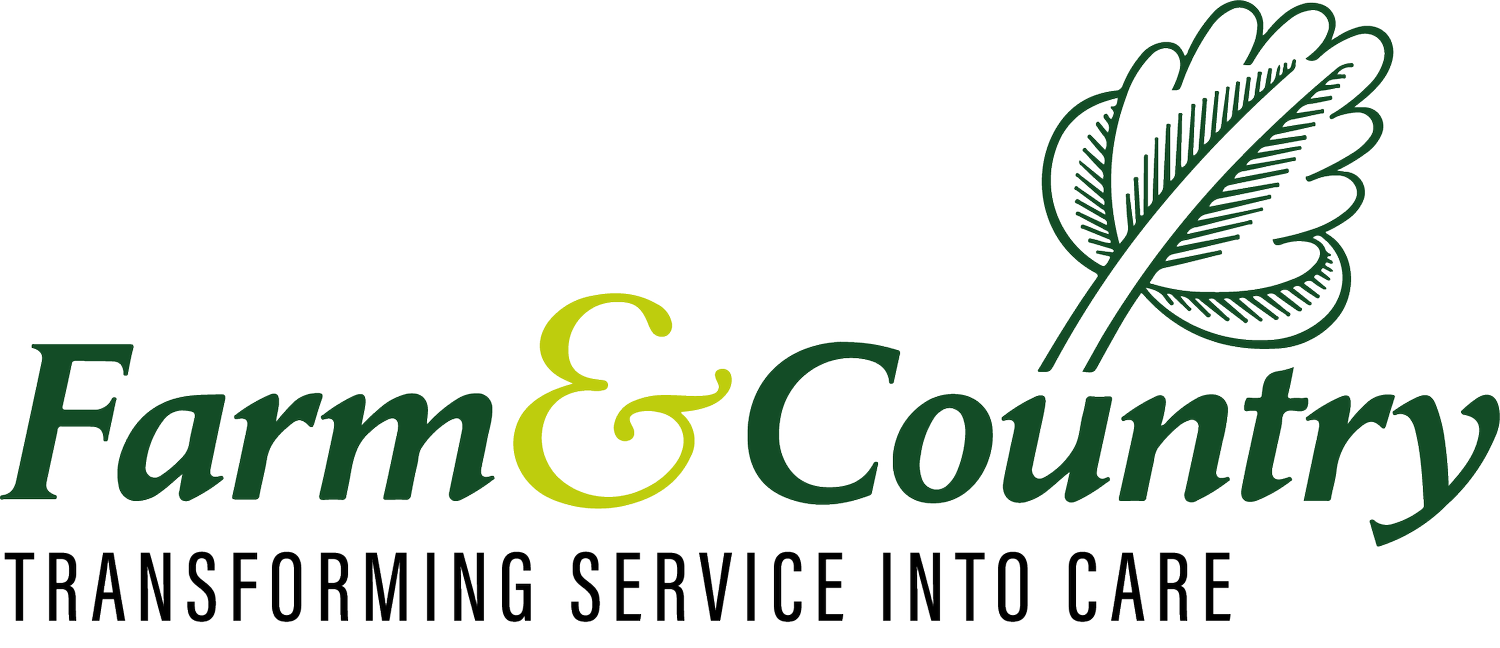Preparing for the Lambing Season: Essential Supplies and Considerations
As the lambing season approaches, it is imperative for shepherds and farm workers to ensure they are fully prepared for the extremely busy weeks ahead. An organised and well-stocked lambing shed, along with contingency plans for any difficulties, will help ensure the health, safety and productivity of both ewes and lambs during this critical time. This article outlines key supplies and infrastructure that must be in place ahead of the first ewes going into labour.
Housing Ewes Prior to Lambing
In the four to six weeks leading up to lambing, pregnant ewes should be gathered into enclosed paddocks near to the lambing sheds. Ensure there is adequate natural shelter or rain covers in these holding areas. The ewes should be easily accessible for supplementary feeding and to monitor their health. Make sure fences are secure and suitable for retaining heavily-pregnant sheep.
Preparing the Lambing Shed
The lambing shed must provide a clean, dry, draught-free environment for ewes giving birth and bonding with neonates. Thoroughly clean out and disinfect any existing housing to prevent disease transfer. Ensure adequate ventilation and lighting. Lambing pens should measure approximately 1.5 metres squared per ewe and lambs, with entrances wide enough for safe access. Provide deep dry bedding using straw or shavings and have additional bedding close by for easing lambing and replacing soiled bedding. Secure all potential hazards.
Supplies for Lambing Assistance
Unfortunately, around 5% of ewes will require some level of assistance during lambing. Having the right equipment on hand can be the difference between life and death. Essential intervention supplies include obstetric ropes, snare chains and lambing aids for repositioning stuck lambs. Sterile lubricant and antiseptic wash are vital for assisting in difficult births whilst reducing infection risk. Ensure access to colostrum for feeding vulnerable newborns. Emergency drugs, such as oxytocin and calcium solutions, should be stocked under veterinary guidance.
Feeding and Water Infrastructure
In the days prior to and after giving birth, nutritional needs increase dramatically for ewes. Quality ewe nuts, mineral supplements and access to hay, silage or grazing will support this demand whilst also encouraging milk production. Ensure adequate, clean water provision using multiple troughs placed close to pens. Lambs should access creep feed from day one. Have milk formula and stomach tubes for hand-rearing. Tranquil, well-fed ewes have easier births and better maternal behaviour.
Thermal Care Essentials
Preventing hypothermia is one of the biggest challenges with newborn lambs. Provision of heat lamps, blankets and hot boxes to maintain temperature is essential. Use temperature monitoring equipment to easily identify at-risk individuals. Lamb thermometers, sharp scissors for umbilical cords and antibiotic spray will give lambs the best start. Protective iodine helps heal navels but is toxic if over-applied. Appropriate protective clothing and equipment for shepherds working nights is also vital.
Hygiene Equipment
The most common cause of lamb mortality is infection spread from ewes during lambing. Having hand wash facilities in the pens is crucial for maintaining hygiene standards between assisting births. Foot dip, protective gloves and disposable aprons should be provided. Keeping the umbilical area clean vastly improves survival odds. Have wire nets and bleach readily available to remove afterbirths immediately. Prompt removal of dead lambs is also critical.
Identification and Recording Tools
From birth, lambs and ewes require clear identification tags to assign ownership and track lineage. Have quality plastic ear tags, sanitary tag applicators and marker sprays prepared. Recording each lamb’s dam, birth weight and behaviours provides invaluable information for flock management. Ensure ample supply of record books, weight scales and pens. Tail docking, castration and vaccination of lambs will also require appropriate tools.
Ongoing Monitoring and Improvement
Be proactive in identifying any shortcomings in lambing shed facilities and supplies as the season progresses. Implementing containment areas for weaker lambs or investing in CCTV cameras are worthwhile improvements. Conduct thorough clean-out and restocking procedures between lambing batches. Review inefficiencies and areas for enhancement after the busy period has passed to implement positive changes for the next year.
With comprehensive preparation and contingency planning, sheep producers can ensure optimal conditions during the lambing months. Investing time in readying both infrastructure and staff will ultimately ease pressures on personnel whilst directly translating to healthier outputs. If the essential factors of warmth, nutrition, hygiene and shelter are appropriately addressed, farms can look forward to productive lambing outcomes.


